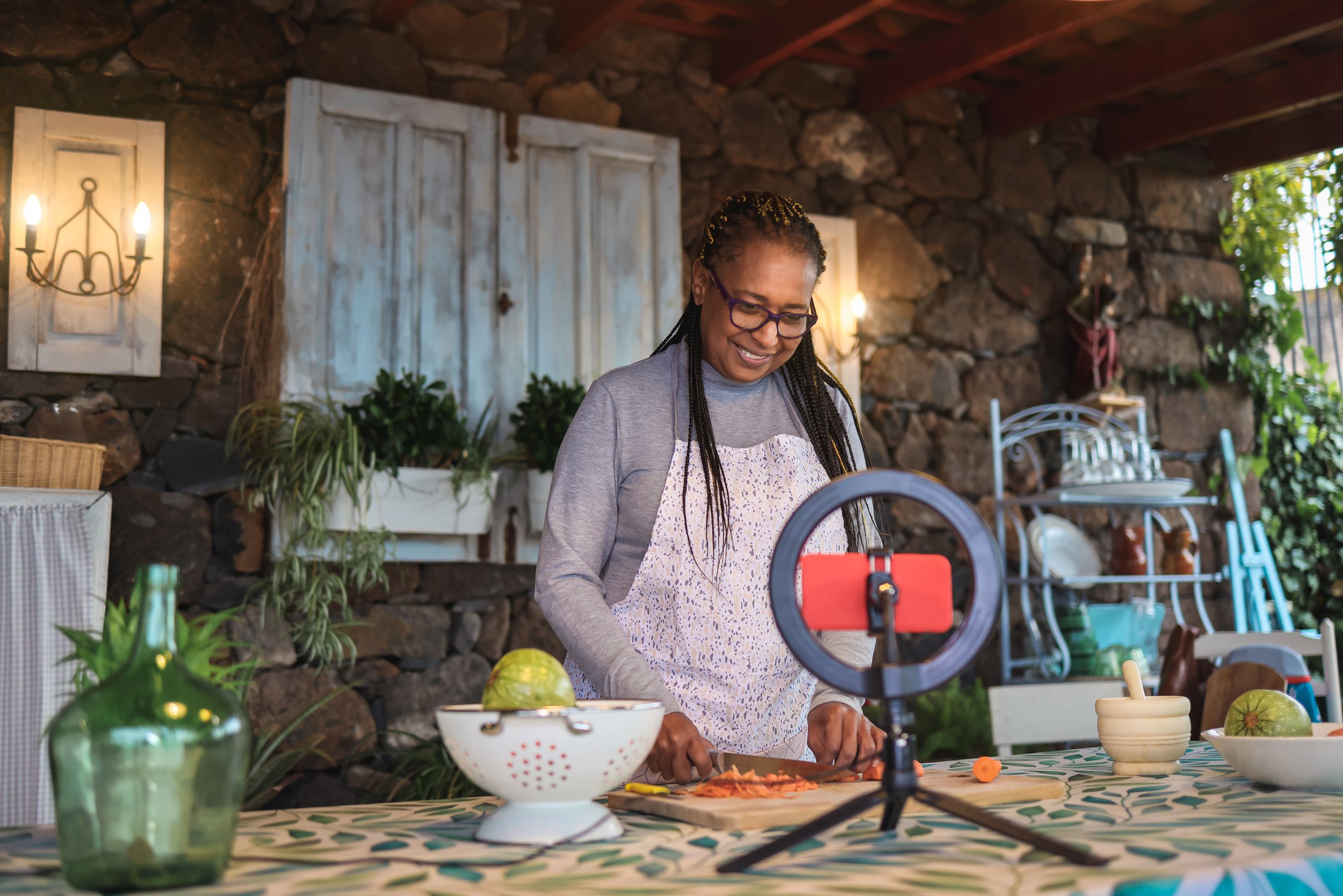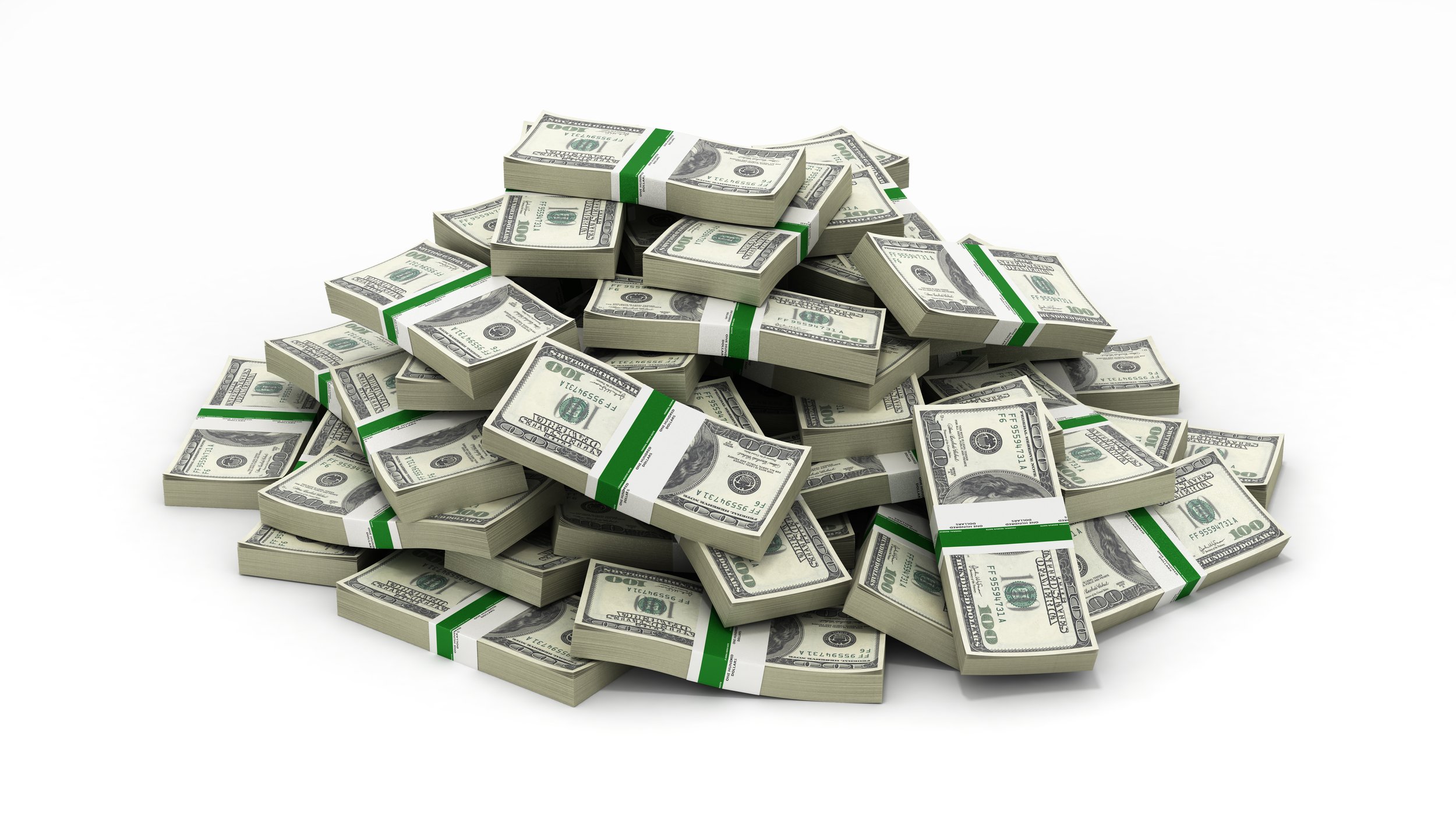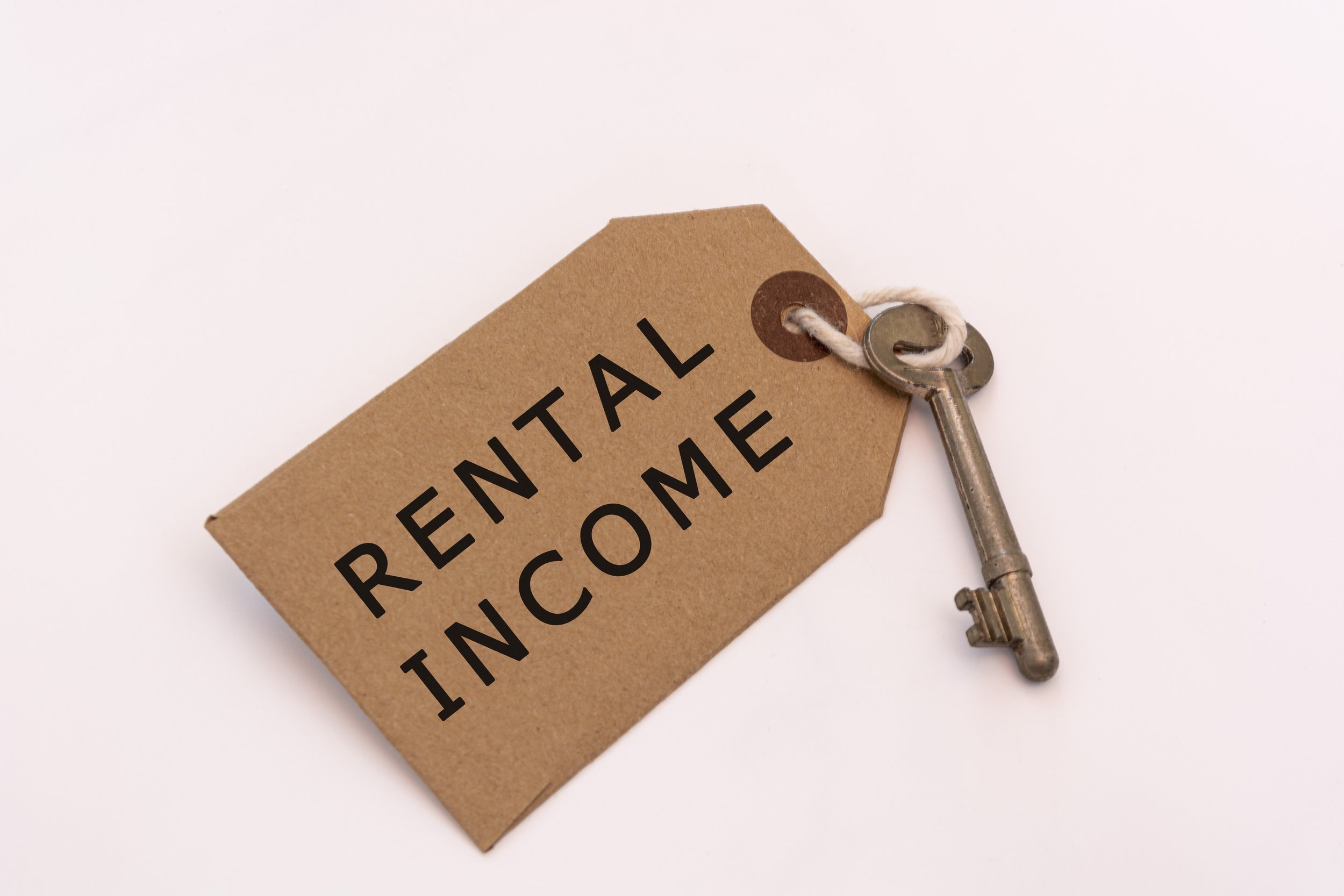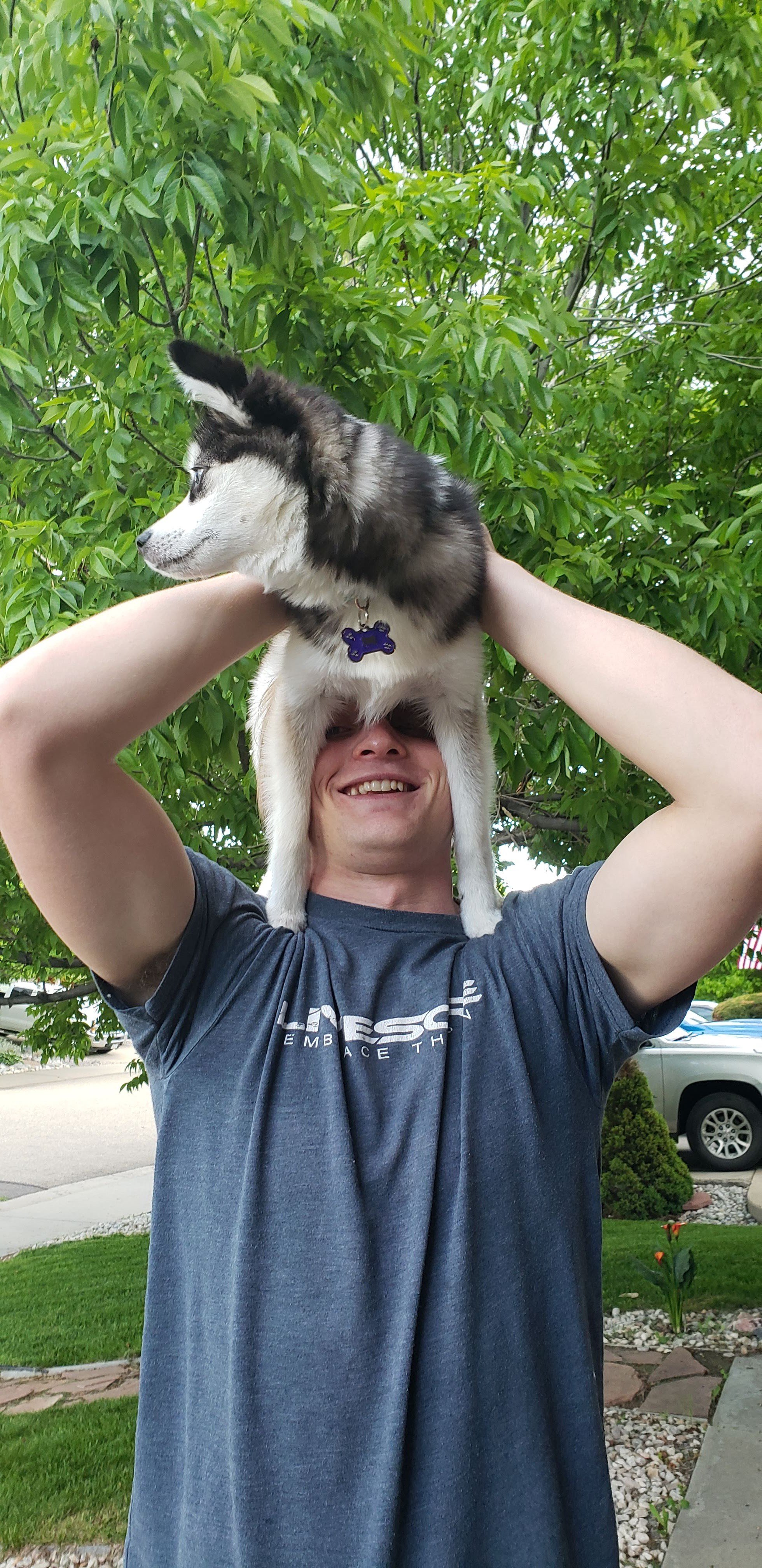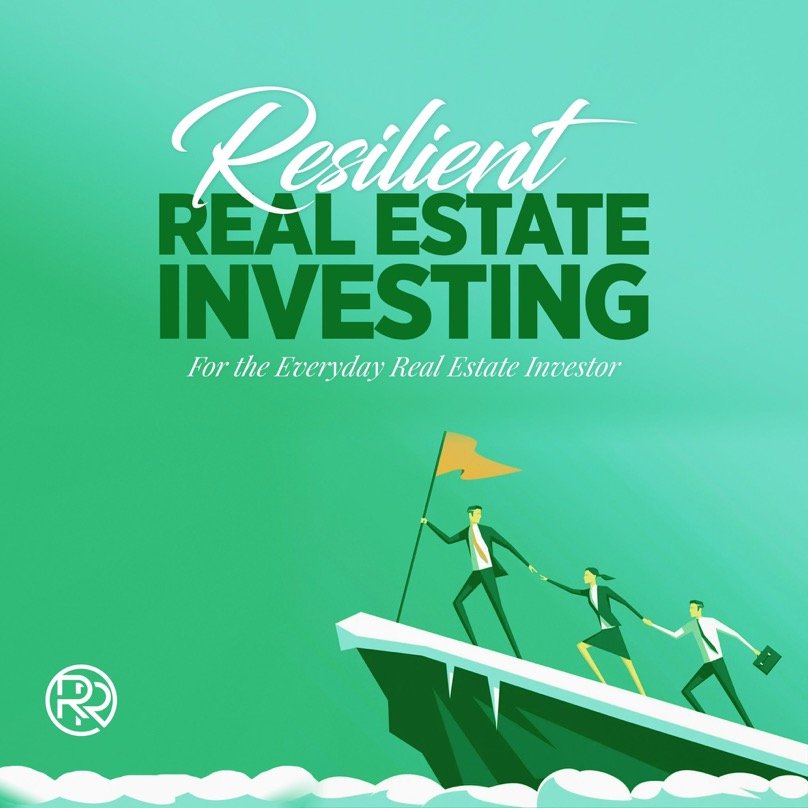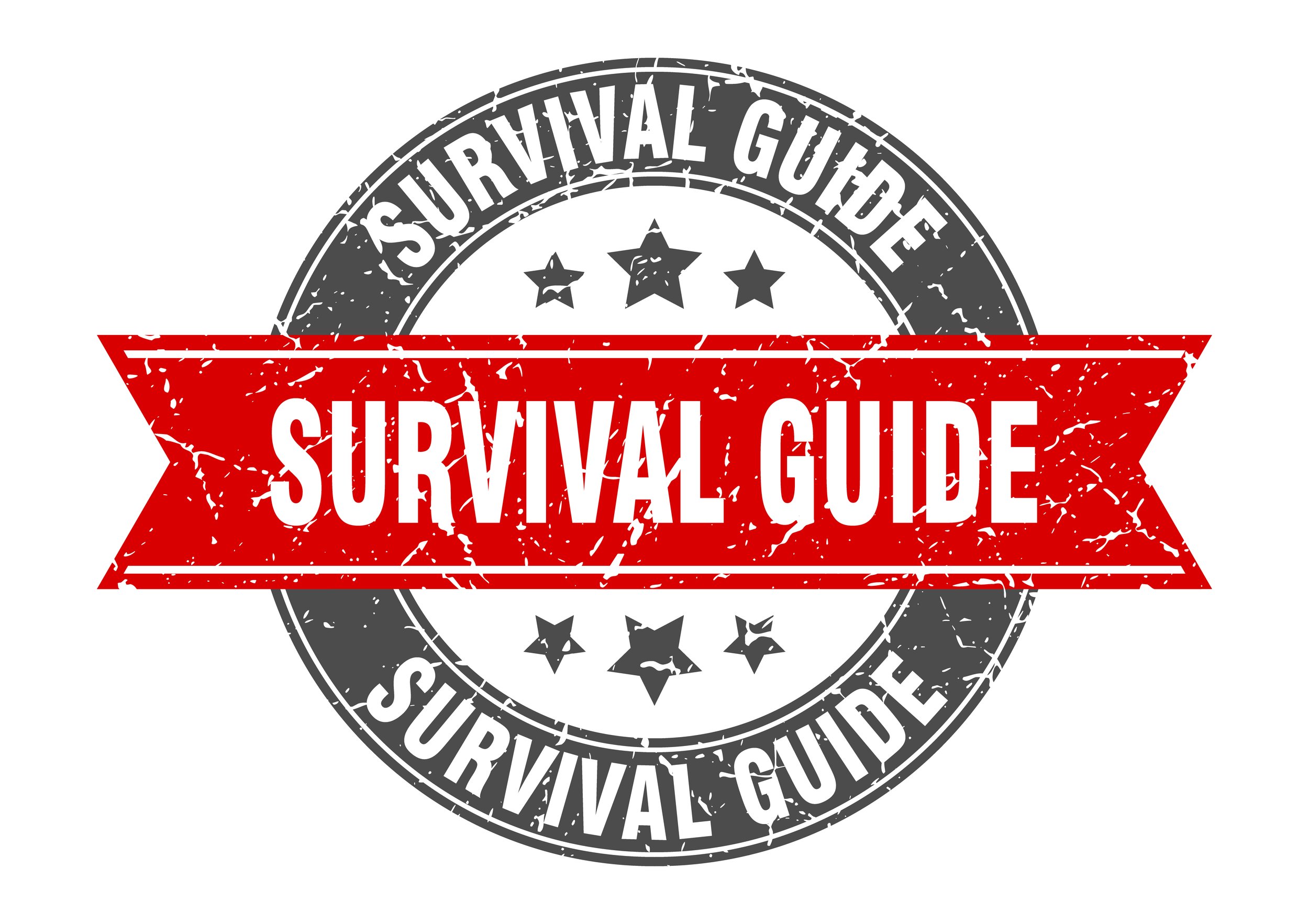My Simple 4-Fund Strategy – A Shift In My Investing Stratagy
Simple Is Often Better!
Table of contents (Jump Links)
Please Note:
I am not a financial advisor. I am simply sharing what I’m doing with my investments and why. Your situation may be different and you need to build your investment plan around your personal needs.
Not Getting Ripped Out
The goal of my original 3 Fund Strategy was to minimize common risks while still providing a solid return over a long period of time. This updated 4 fund strategy represents an adjustment while holding the same goal of managing risks while generating fair returns.
One of my all-time favorite quotes is:
“Your rate of return is less important than not getting wiped out”
-Charlie Munger
This is a powerful statement that underscores the value of letting time work for you vs trying to get rich quick. Every time you get wiped out you are reset to $0 (or worse) but the clock never stops. By ensuring you never get wiped out the time becomes a powerful tool.
Put simply, you can get above average results by getting average returns over an above average period of time.
Lets use a very manageable amount of money say $100/ month compounded over 30 years, below is what you’d have after 30 years!
$100/month x 0% = $36,00
$100/month x 5% = $79,727
$100/month x 7% = $113,357
$100/month x 9% = $163,569
Even a modest rate of return yields big results over time
As you can see from the above chart it takes about 10-12 years for the compounding effect to really take hold launch your portfolio, so it’s very important to not get wiped out and reset that clock!
If you want to run your own numbers check out my How Long Will It Take Calculator (It’s Free!)
My 4-Fund Stratagy
70% - VTI – Vanguard Total US Market Fund
10% - SPHD – SP500 Top 80 Dividend paying fund
10% - JEPI - JP Morgan Equity Premium Income ETF
10% - BRK-B Berkshire Hathaway
Rebalance to these target allocations at a regular interval. . I’m using M1 Finance brokerage account which makes rebalancing my portfolio effortless with its target allocation “pies”.
While this is a relatively safe portfolio as you’ll see as we review the risks I tried to manage below, I will pint out that this portfolio will still have some done years in volatile market conditions and should be used with a 5+ year time horizon. If your savings goals are shorter term you may want to consider other options.
Pretty simple right! Now this looks pretty similar to My 3-Fund Strategy (which I still think is a great strategy) It attempts to capture market returns will mitigating many of the same risks I originally wanted to guard agents.
There are 2 critical differences with this new investing allocation I’m using.
1) I’ve removed VXUS (Total international fund) from my portfolio and have replaced it with BRK-B.
2) I’ve split my 20% SPYD into 2 positions of equal size (SPHD and JEPI). both of which pay monthly dividends.
Types Of Risks
In my article about My 3 Fund Stratagy I addressed the following risks
Singular Event Risk
Systemic Risk
All risks
Singular Event Risk
One of the biggest strengths of the 3-fund strategy is that it removes the individual investment risk of a company stock going to zero from your portfolio. We’ve all seen once great companies fall from greatness and it’s important to protect ourselves from being over exposed to these catastrophic failures that can happen.
Now by adding BRK-B (Berkshire Hathaway) I’ve technically introduced a single company into my portfolio even if it’s only 10% of my total allocation. That being said Berkshire is a huge company with many subsidiaries ranging from high tech aerospace (Precision Cast Parts) to selling candies (Sea’s Candy). it’s a well diversified company with many brands that have withstood the test of time. They also have a balance sheet with over $350 Billion of cash on hand making this company more comparable to a well capitalized index fund vs a single company.
Systemic Risk
By investing in broad based index funds, we’ve mostly removed what I like to call singular event risks. But that isn’t the only type of risk there is, there are still systemic risks. Systemic risks come in many forms such as being overly concentrated in one industry or asset class.
Often when stocks do poorly bond returns do better (flight to safety). Other times entire markets will struggle for decades such as Japanese market which has gone almost nowhere since the 1980’s.
To address systemic risks, we can introduce additional components to our 4-fund strategy. Specifically:
Bonds &/or Dividend Funds, which I have done with SPHD & JEPI
For this fund I’ve opted to go with 2 separate dividend funds
SPHD - This fund takes the top 80 dividend paying companies in the S&P500 index and buys and equal share of each. its a well diversified fund that pays monthly. This helps diversify my portfolio away from tech (Which pays a lower dividend) and provides some cashflow for monthly reinvestment
JEPI - This fund is is an options income fund which is actively managed. It buys perceived stable value companies and sells options to generate additional income. This fund strives to replicate similar returns to the S&P500 fund but with less volatility and more cash flow. This is a little bit of a riskier dividend fund but still helps diversify away from tech. I’ll keep an eye on it and see how it goes.
International Index Funds:
So this is where the biggest change to my 3 Fund Strategy has taken place. Over the past 5 years international markets simply put have done nothing. at the time of this writing the VXUS fund has 11.31% vs the S&P500 90.41% that’s a massive difference.
Additionally a lot has changed international landscape with the following new concenrs
Wars in Ukraine, Israel, Syria, and more
Currency Exchange Rate risk
Risks of tariffs from United states
At the end of the day 28% of S&P500 company revenues come from over seas. It doesn’t make much sense right now to take on additional move exposure to foreign markets given the above concerns if there isn’t additional returns to compensate for the additional risks.
For these reasons I’ve replaced VXUS with BRK-B in my portfolio which is a US based firm that has a higher concentration in industrials and insurance than the overall S&P500 which leaning heavily toward tech stocks right now.
Also it has a very low P/E ratio of 9.25 which is well below the current market average of 22 and a huge cash position of $350 Billion which gives this company the balance sheet of a fortress comparable to Fort Knox. than that of a typical company. Further more it has out paced the S&P500 over the past 5 year period. I feel good about Berkshire as its buisness should survive even the most severe market tormoral that we may see in the future.
All Risks
But what if all stocks go to zero? Or the US government defaults on bonds? Or if nuclear war breaks out?
Let’s be honest, if the economic structure as we know it collapses, or if nuclear war breaks out, I think we’ll have bigger concerns than the value of our portfolio.
All that being said, I do want to acknowledge that on a long enough timeline the survival rate of anything drops to zero. If that day comes, we’ll be living in a very different world with very different rules, and I don’t think anything I said in this article will be able to help.
You may want to catch up on the latest episodes of the very entertaining show “Dooms Day Preppers” in order to get advice on how to survive these pesky radio active zombies.
Adapting This Strategy
A great thing about this strategy is that it’s relatively simple and can be adapted to a wide range of risk appetites and life situations.
If you’re nearing retirement you may want to increase the Dividend Fund/ Bond portion of the portfolio to 30-50%.
If you’re more aggressive you may want to increase the US/ BRK-B Stock portion of the portfolio. Below are some examples of how you might modify this strategy to fit your personal situation.
My fund: Age 37, retired with other sources of income
Target Allocations:
70% - VTI (Total US Market Index)
20% - SPHD/JEPI/Bonds (Dividend Funds/ Bonds)
10% - BRK-B (Berkshire Hathaway Class B Shares)
Young college graduate with no dependents
80% - VTI
10% - SPHD/JEPI/Bonds
10% - BRK-B
Mid 40’s with Kids
60% - VTI
30% - SPHD/JEPI/ Bonds
10% - BRK-B
Nearing retirement
50% - VTI
40% - SPHD/JEPI/Bonds
10% - BRK-B
Don’t forget to review your portfolio once a year and realign your allocations to your targets. Some years one fund may outperform the other 2 and you’ll want to rebalance. I like to do this in the summer. I really like using M1 Finance because it automatically balances your portfolio as you add money to it or take money out.
That’s it, you set it and ignore it the rest of the year go about living your life in peace! For more investing tips & tricks, along with updates on my FI/RE journey, make sure to join our newsletter!
-Cheers
If you want to see this strategy in action make sure you Sign Up for our newsletter, I use this exact strategy in my beach house fund and release monthly updates so you can follow along as I go from zero to $100K saving for a beach house!






